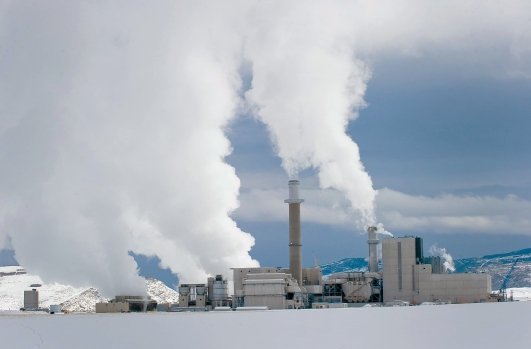Client: Conservation Law Foundation
Authors: Elizabeth A. Stanton, PhD
September 2024
On behalf of the Conservation Law Foundation, Principal Economist Elizabeth A. Stanton, PhD, submitted expert testimony before the State of Rhode Island Public Utilities Commission in response to the Narragansett Electric Company d/b/a Rhode Island Energy’s 2024-2025 Last Resort Service Procurement Plan. In her testimony, Dr. Stanton asserts that the methodology used to create the LRS Procurement Plan and rate design must be updated “to incorporate new policy goals and legislative directives to be considered by the Commission and Division and subsequently applied to Rhode Island Energy (‘RIE’).” To address these concerns, Dr. Stanton recommends the Commission initiate a process to evaluate competing interests and policies and reach a transparent decision to guide future LRS procurement and rate design.




















